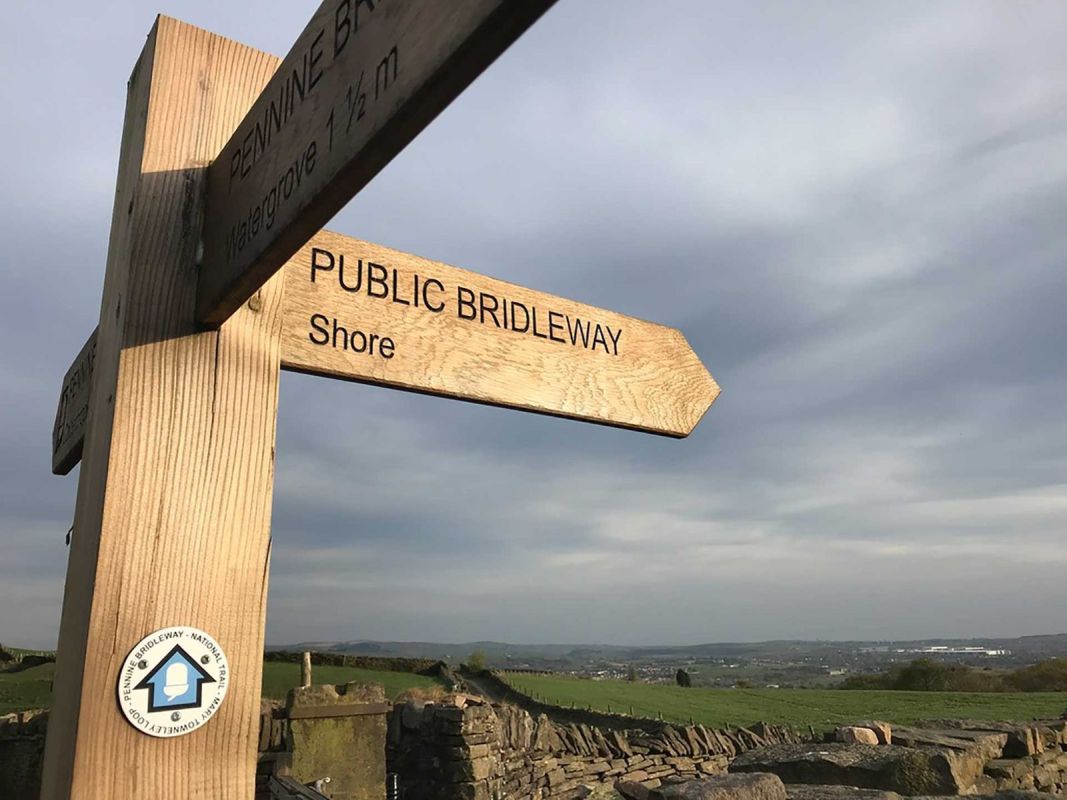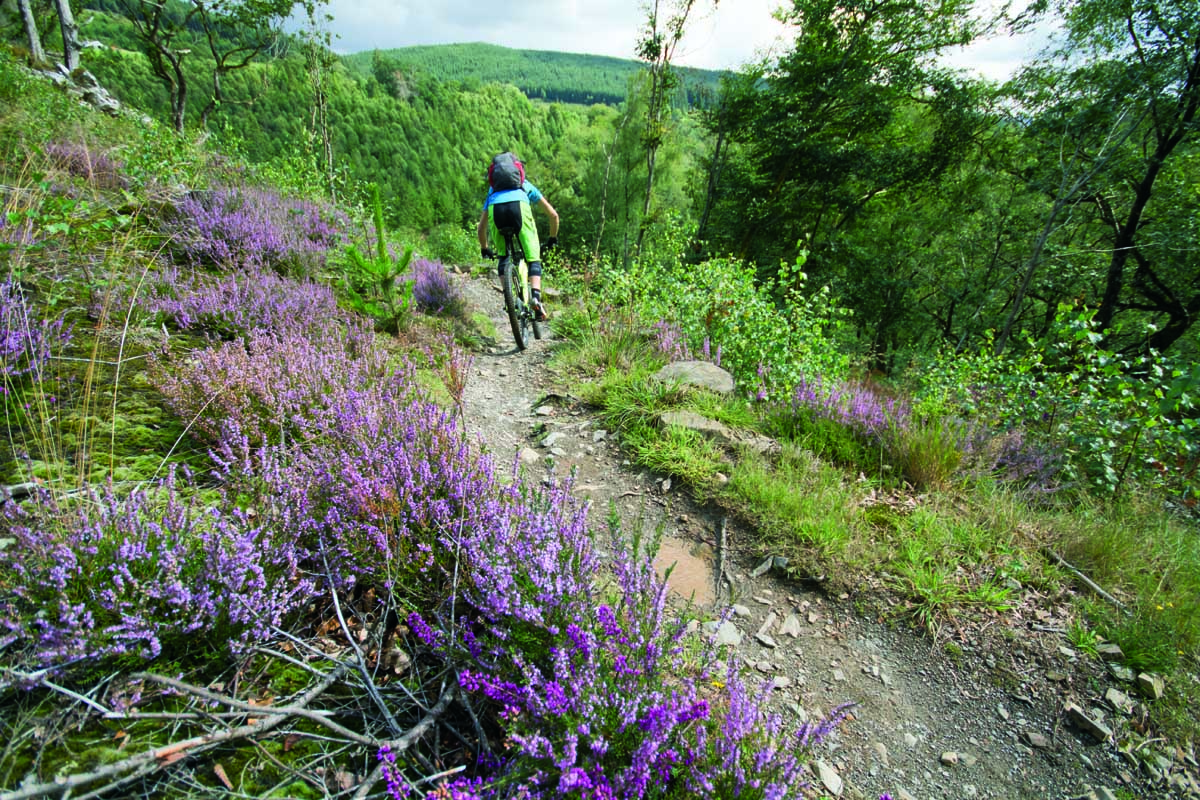Hannah thinks that public funding of outdoor recreation is at a crisis point. In the race to balance budgets, we’re at risk of a long legacy of cost.
Last week I went to an online public meeting about the future of the visitor centres at Natural Resources Wales (NRW) sites, which includes Nant yr Arian and Coed y Brenin. The visitor centres and cafes there are to be closed as part of wider efforts by NRW to save around £12 million from their budget. They’re hoping that these facilities will be reopened in future once they can conduct a procurement exercise and find commercial bidders keen to deliver these services on a for-profit basis. This might be expanded to include other facilities, such as the trails, in the scope of the commercial lease. It’s all yet to be discussed in detail or confirmed, but NRW expects future leaseholders may want to take on the revenue from the car parks as part of any agreement, and has confirmed that they will expect free public access to trails to be retained.
Of course, one of the first questions you might have is, if there’s a financially profitable business to be had there, why isn’t NRW just delivering it and reaping the rewards? Their explanation has two parts – one is that they’re not experts in delivering catering, so it’s not what they do best. The other is that to do it well would need investment, which is money and time they don’t have – they need the savings now (perhaps not least because they’ve just copped a £19 million pound fine from HMRC).
What NRW says it feels it needs to focus on is its statutory regulatory duties, and responding to and preparing for climate change. To that end, it has conducted an impact assessment of the proposed closures that looks only at the environmental impact of its decision. In doing so I would argue that this fails to address (or assess the impact on) its statutory duties to deliver ‘well-being’, which are set out (for those still with me) in the legislation that established it:
Latest Singletrack Merch
Buying and wearing our sustainable merch is another great way to support Singletrack
In exercising its functions, the Body must have regard to—
(a) the health and social well-being of individuals and communities;
(b) the economic well-being of individuals, businesses and communities.
However, to get into the the minutiae of the rights and wrongs of this particular policy decision is to miss the point of this piece. The closure of the visitor centres and future leasing of facilities is just one instance of what you can expect to form a pattern, thanks to widespread public sector underfunding. Local authorities are doing practically nothing with Rights Of Way, and Forestry England seems stuck between ‘you can’t mountain bike there, it’s a tree crop’ and ‘tree crops don’t earn money any more, we need new income sources’. Cwmcarn – a local authority site – is about to go to tender for a similar leasing arrangement, and we’re told that Forestry England is looking at ‘going to market’ with some facilities at some of its sites. We could challenge decisions like these one at a time, in an endless cycle of committee meetings, public consultations, and judicial review procedures. Or, we can challenge it at national level, as a point of wider public policy and public opinion. Because whenever you take a narrow view of budgets in the sphere of services for the public, you’re going to end up adding two and two and getting minus one.

For example, if NRW is feeling the pressure on its budget, it trims everything down to the least possible anything it thinks it can get away with. Meanwhile, the NHS feels the same pinch, as do local authorities, and the Forestry Commissions. When everyone strips everything back to the minimum, the outcome is silos. You do you, I do me. It’s like house sharing, but everyone owns their own vacuum cleaner, buys their own milk, and cooks their own meals.
This kind of thinking and approach to public services was long ago identified as being detrimental to both the public purse and the quality of services received by the public. The classic example being grass cutting: once upon a time, the parks department would have a fleet of staff and lawnmowers who would cut all the football pitches. Then the housing department would send some other people out – possibly multiple private contractors – to cut all the verges and common areas around the local council housing. And yet another bunch of staff with mowers would head out from the highways department to cut all the verges alongside the roads. Each of those teams would have to have a supervisor that assigned the work, or a contract manager to oversee performance. Extra equipment, extra staff, extra cost. The public sector has spent years trying to dismantle these silos, introducing all sorts of inter-departmental working and shared services (like one team of grass cutters), as well as cross-functional collaboration between different public bodies.
When public bodies don’t work together, the outcomes can be more tragic than just budget inefficiency. Safeguarding work needs the police, social workers, GPs and teachers to be able to join the dots and identify a child that’s at risk. There have been plenty of headlines about where that hasn’t worked properly. Another area that needs different arms of the public sector to work together is public health. This is the preventative ‘healthy lifestyle’ bit of health, that hopefully keeps you away from your GP. It’s a huge beast, that has to address everything from smoking cessation through to access to food and active lifestyles. Getting it right has potentially huge benefits – not just through reduced pressure on NHS budgets, but also in having a population that is healthy, happy, and economically active.
And so, we come to mountain biking – and access to outdoor recreation more generally – and that two plus two equals minus one equation. If each public body takes a narrow view of what it’s there to do and how it should spend its budget, things like trails fall victim. A trail costs money to build and maintain, yet – on public land – is free to ride or walk along. There’s no income in this narrow perspective, only cost. Take a slightly broader view, and you might take in the car parking and cafe income – perhaps, done well, they turn a profit. The cost of the trails is somewhat offset, and their existence creates the honeypot that brings visitors to the income generators. Hive off the potential income generators from the trails and the connection is lost – the body responsible for the trails is still in a minus sum game.
But you could take a still broader view. Giving people easy and attractive places to be active means they’re happier and healthier. Whether they’re out there to exercise, or just out to empty the dog, for the period of time that they’re outdoors they’re having a positive impact on their mental and physical well being. They’re reducing the chances that they’ll need expensive interventions from the NHS. They’re increasing the chances of them being well enough to work, or go to school, which improves lifelong outcomes on a variety of fronts. None of this can be accounted for by any individual public body, but collectively the bodies can benefit from the creation and maintenance of that trail. This is the basically point of public funding and paying taxes – to deliver the things that need to be done collectively.
We could take another perspective too: that connecting people with their natural environment is a key part of tackling climate change. People want to protect that which means something to them. They’re more likely to care for forests and wild places that they appreciate and understand. Lockdown illustrated how many people have lost touch with how the outdoors works, and how to be in it. If you can see the cycle of flood and drought and its impact on the moorland or forests, you might well have a greater appreciation of the impact of your actions – whether that’s lighting a camp fire, or making greener choices when it comes to your weekly shop.
The current focus on ‘economic sustainability’ of recreation is short sighted, and potentially hugely damaging. By forcing – or allowing – public bodies to strip services back to the statutory minimums and push investment and profit making services out to the market, we’re losing the collective benefit that the outdoors offers us. If we push services out into 30 year leases, we’ll have lost the potential to create these local ecosystems of beneficial activity for the duration. What cost in the mean time through lost exercise, poor health, and economic inactivity?
This is exactly the kind of collectivist need that the public sector exists for. Will any of our public representatives have the clout and imagination to stand up and see it protected?
If you’re as concerned by the situation as I am, write to your local representatives to highlight the importance of funding outdoor recreation, and get out there and use the facilities you have while you can.





